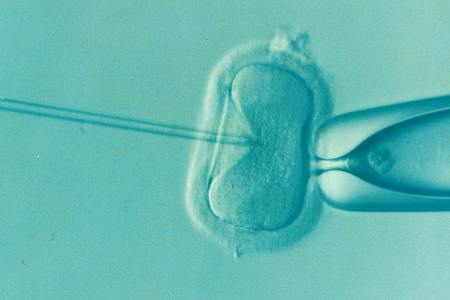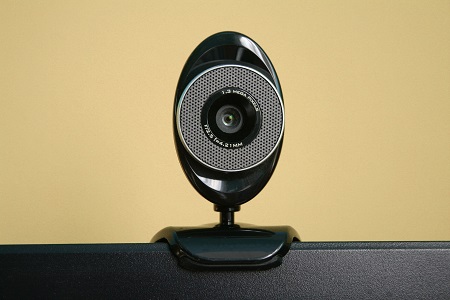Cambridge’s scientific gifts to the country
From telescopes to IVF and webcams to heart transplants, Cambridge has given the world a huge variety of groundbreaking inventions. To help you understand just how impressive the city’s innovators are, we’re taking a look at some of the most important scientific gifts Cambridge has given the country over the centuries.
The reflecting telescope
One of the most famous inventors to come out of Cambridge is arguably Sir Isaac Newton. The remarkable thinker came up with many of the core theories of modern science and his works are still being read and referenced to this day.
A fellow of Trinity College, Cambridge, one of Newton’s most famous inventions was the reflecting telescope. Designed during his experiments with optics, the telescope was invented in 1688 and soon helped Newton gain acceptance to the Royal Society.
IVF
In Vitro Fertilisation, or IVF, has been a lifeline for many couples who struggled to conceive naturally. The ground-breaking technique was first developed by Robert Edwards at the University of Cambridge.
In 1978, just ten short years after the scientist proved the theory was possible, the first ‘test tube baby’ was born. In 2010, Edwards finally won a Nobel Prize for his important work.


Heart transplant
Like IVF, heart transplants have proved life-changing for thousands of people around the world. In 1979, the Royal Papworth Hospital in Cambridge was the site of the UK’s first successful heart transplant. In 1984, it saw the country’s first heart and lung transplant, and in 1986, the hospital was the site of a world first when surgeons performed a triple transplant.
This incredible procedure saved the patient’s life and allowed her to live relatively normally for years to come. In the years since this first triple transplant, surgeons at the Royal Papworth have performed over 1,500 heart transplants and 1,000 lung transplants.
Webcams
Now embedded into almost all our phones, tablets and computers, the webcam is yet another thing that Cambridge has given the world. The device was invented way back in 1991 – two years before web browsers were even able to display images – when researchers in the
Computer Laboratory of the University of Cambridge realised they could use a remotely controlled camera to tell them when the coffee was brewed in another part of the building. As @petapixel says, ‘Necessity may be the mother of invention, but laziness is definitely its father.’
With so many inventions originating in Cambridge, it’s easy to see why the city has a reputation for innovation and excellence. Find out more about the opportunities available in Cambridge today by exploring our site – or getting in touch with a member of our team.
